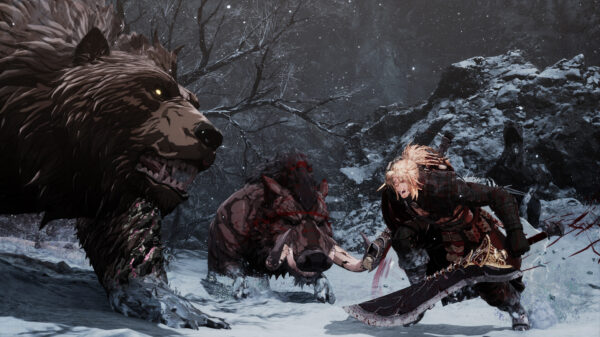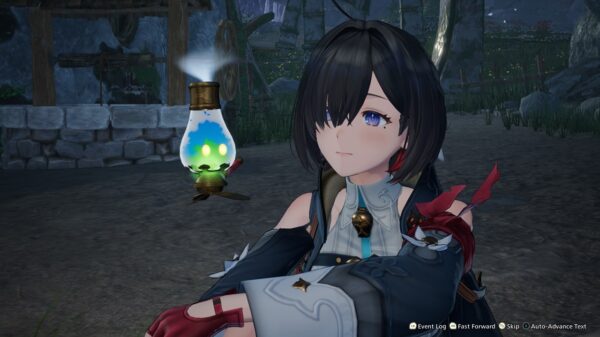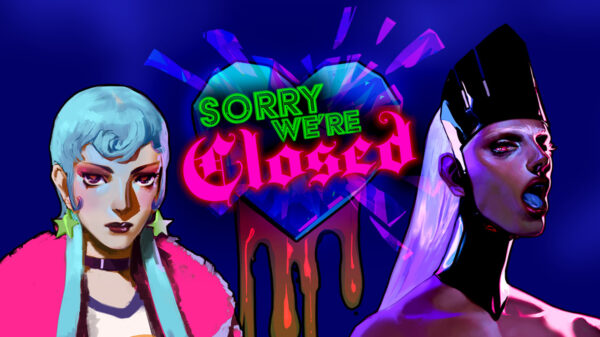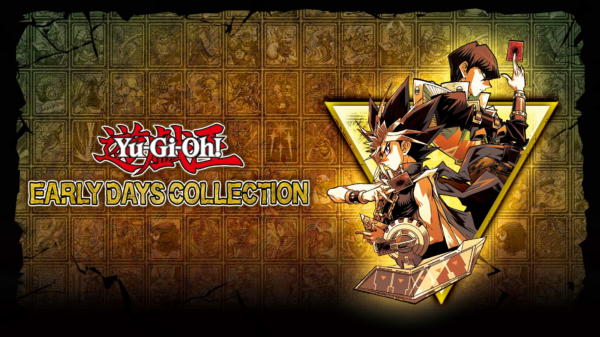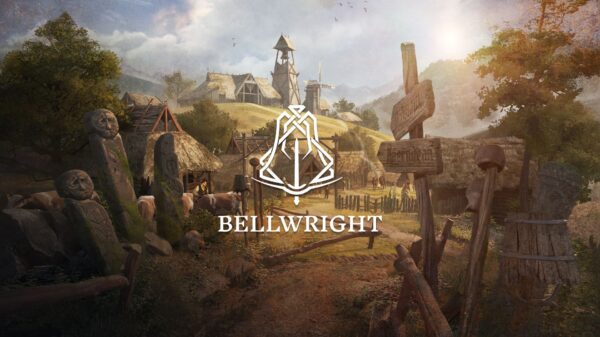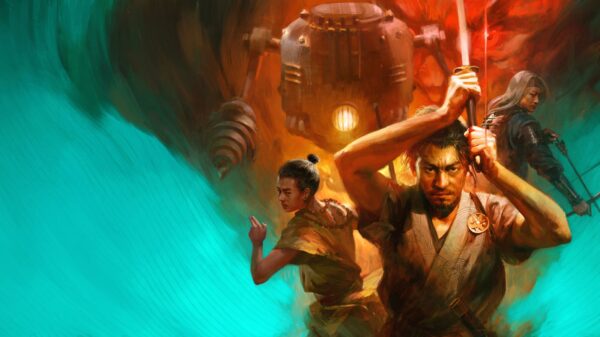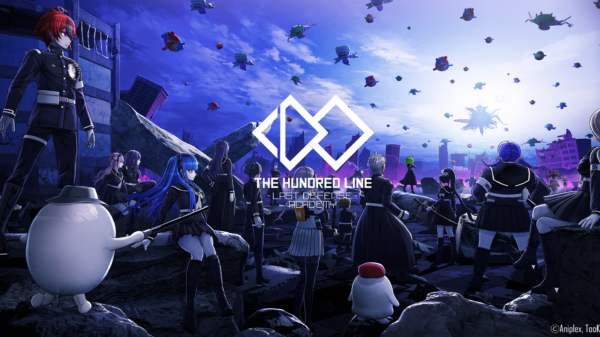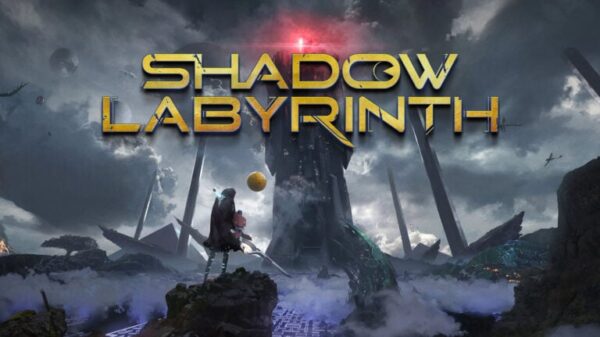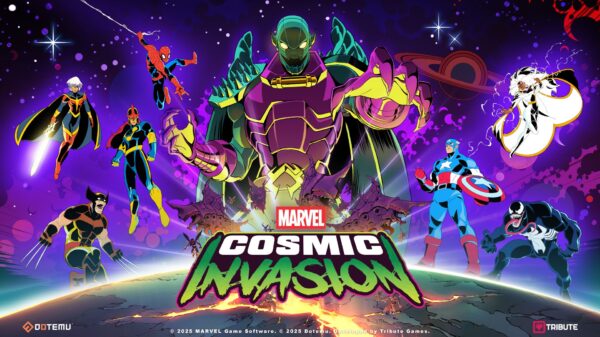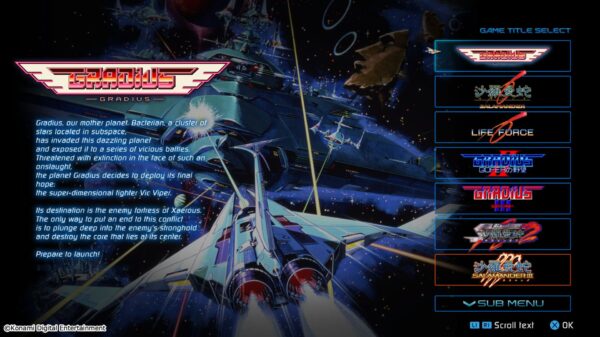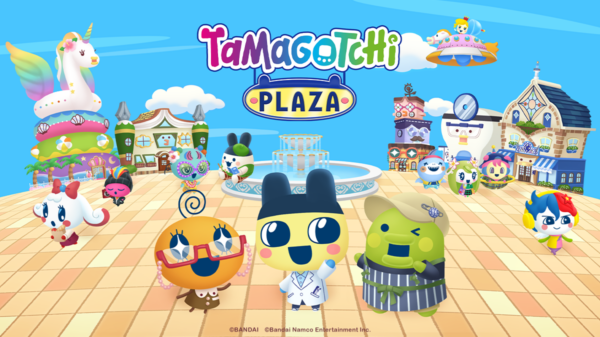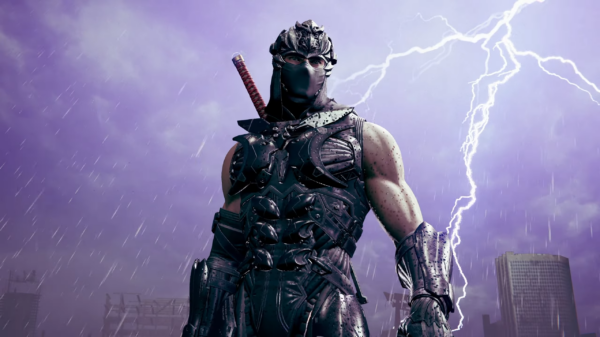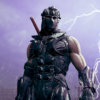Never before released outside of Japan, the fourth entry in the Fatal Frame series is available worldwide for the first time thanks to this new remaster, which follows a handful of characters as they travel to the mysterious, haunted Rogetsu Isle to investigate the truth of what happened ten years earlier.
Fatal Frame: Mask of the Lunar Eclipse
Developer: Koei Tecmo
Price: $50
Platform: PS4, PS5, Xbox One, Xbox Series X|S, Nintendo Switch (reviewed), PC
MonsterVine was provided with a Switch code for review.
The fourth Fatal Frame game was one of the many games I hoped for years would get an official English translation but thought the chances of it happening were pretty slim, so I was ecstatic last year when Koei Tecmo announced the remaster of Fatal Frame: Mask of the Lunar Eclipse.
This story takes place on Rogetsu Island, where a ceremony is held every ten years. During the last ceremony, five girls went missing and were rescued with no memory of what occurred. Now, when two of them mysteriously die ten years later, the remaining girls and the detective who rescued them all find themselves returning to Rogetsu Island once again. There, they find it filled with dangerous spirits. The island is home not only to the ceremony but also to an infirmary built to study Moonlight Syndrome, a strange illness that only affects inhabitants of the island. This infirmary and the sanatorium connected to it provide unsettling, spooky locations for the characters to explore. It follows multiple playable characters and switches between them with each new chapter, but returning to a character puts you in the same spot where you left off, so it avoids the disjointed mission structure that plagues Maiden of Black Water.

Unfortunately, exploration never played quite as much of a role as I’d hoped. Mask of the Lunar Eclipse is a fairly guided experience with a linear progression. Most of the time, you have a single destination, for which you might need to visit another location to get a key item or solve a simple puzzle to progress, but you rarely have to check multiple areas to find what you need. Instead of numerous locked doors you’ll gradually open yourself, doors are often locked until the game requires you to go through them. At one point, I checked the door to a new area and found it locked, tried to leave through the door I’d come through and found it also locked, at which point the game unlocked the door I’d originally tried. The setting excuses this to some extent, since a ghost story allows for some supernatural locking and unlocking of doors, but it doesn’t change the sense that you aren’t exploring so much as following the path the game wants you to follow. You might deviate from the path to search for extra items, but there were only a handful of times I had to make an effort to find where I needed to go.
Ghosts often appear along the path toward your next destination, and if you pull up your camera fast enough, you can take a photo to earn Photo Points and have it marked in your list of ghost photos. The camera automatically locks on to these specters, which means photographing them is usually simple–aside from the times it triggers when you’re slightly too close for the shot, which happens just often enough to be annoying. There are also hidden ghosts you can find by watching for an indicator and then photographing the correct spot. Finally, nearly every room contains a hidden Hozuki Doll to photograph as an additional collectible.

Rooms also contain items, as well as documents and logs that reveal the backstory. These are indicated by a small shining spot, as well as a blue indicator in the corner of the screen, and often appear in a room upon revisiting it later in the story even if you’ve been there previously. Some items aren’t visible until you shine a light over the correct spot. While neat in theory, this mechanic is frustrating in practice. Many times, I found myself sweeping the light over everything in sight while trying to judge exactly what spot that indicator was pointing me toward. To pick up an item, you hold down the interact button to slowly reach out and grab it. If a ghost hand appears, you must release the button to pull back, because if it grabs you, the item will be lost. Fortunately, this isn’t as terrible a system as it sounds. The ghost hand only appears for Spirit Stones, which are plentiful and used for upgrades, so you’ll never risk losing an item you actually need. Healing items and film don’t even require the slow grab.
Sometimes you’ll be attacked by ghosts, although these encounters all occur at scripted points instead of randomly. This is when your camera really comes into play. When a hostile ghost attacks you, you’ll use the iconic Camera Obscura to line up a shot, wait until it’s charged up, and then take a photo to damage the ghost. If you wait until the last moment before the ghost attacks, you’ll deal extra damage. One character fights with a flashlight instead of a camera, which functions somewhat differently, although the basic idea is similar. More powerful types of film and lenses that grant you special abilities give you a few additional options in combat. Many solo ghosts can be handled easily thanks to a lock-on feature, but ghosts with faster attacks or fights with multiple ghosts get more dangerous. How scary you find the ghosts will probably depend on how you feel about ghosts in general, since there aren’t many especially disturbing designs, but the scariest thing in Mask of the Lunar Eclipse is the fear of losing progress. With save points often far apart from one another, a dangerous ghost could mean many minutes of lost progress before you reach the battle again.

However, the ghosts stopped feeling as dangerous when I realized I wasn’t supposed to rely on consumable items found through exploration. There are only a handful of those, while the game expects you to trade Photo Points for items at save points. Photo Points can also be exchanged for costumes and unlockable lenses, but since these are locked until you meet certain criteria, I found myself awash in enough points to stock up on healing items and stronger film whenever I wanted.
With that mitigating the danger, it’s to the game’s credit that the atmosphere still manages to build up a sense of dread and unease. The story is unsettling and worth playing the game for, and the game’s visual presentation and audio design are excellent. Aside from a delay every time you open a new door, I didn’t notice any performance problems. It also has some nice quality-of-life features, like an auto-save when you approach a save point so you don’t have to open the save menu every time. When you finish the game, you unlock some additional features, such as a mission mode if you really love fighting ghosts, and a new game plus. While it might not have given me the survival horror experience I was hoping for, I’m glad I finally had a chance to play Fatal Frame: Mask of the Lunar Eclipse.
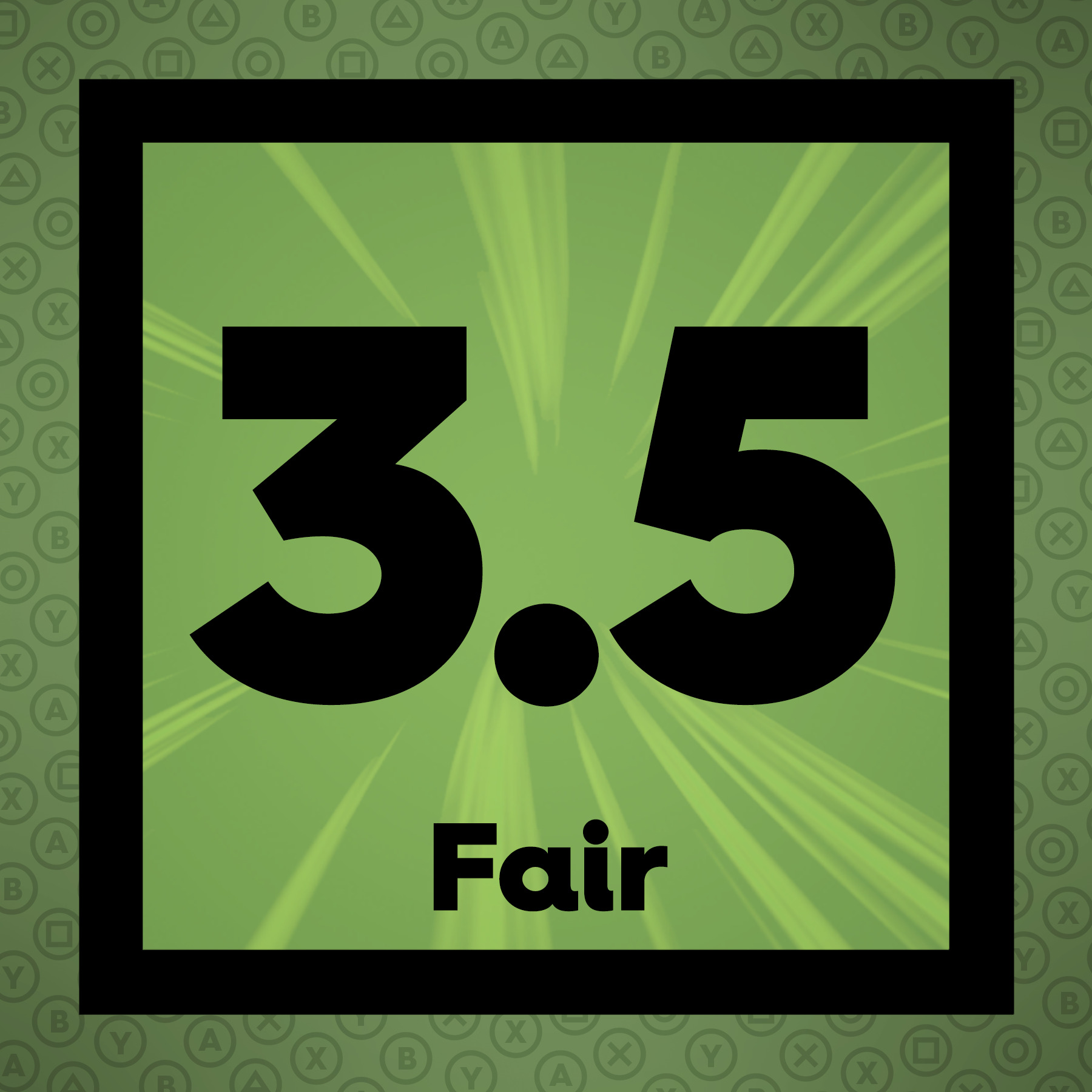 The Final Word
The Final Word
While some aspects of the gameplay and exploration disappointed me, Mask of the Lunar Eclipse is an unsettling journey through a haunted island that I found much more enjoyable than Maiden of Black Water. Of course, despite this being the latest game to get a western release, we can’t forget that Mask of the Lunar Eclipse is the fourth game in the series while Maiden of Black Water is the fifth. If a new Fatal Frame game is ever made, I hope the developers look to what worked in this entry and especially the earlier ones as the basis for its design.
– MonsterVine Rating: 3.5 out of 5 – Fair

